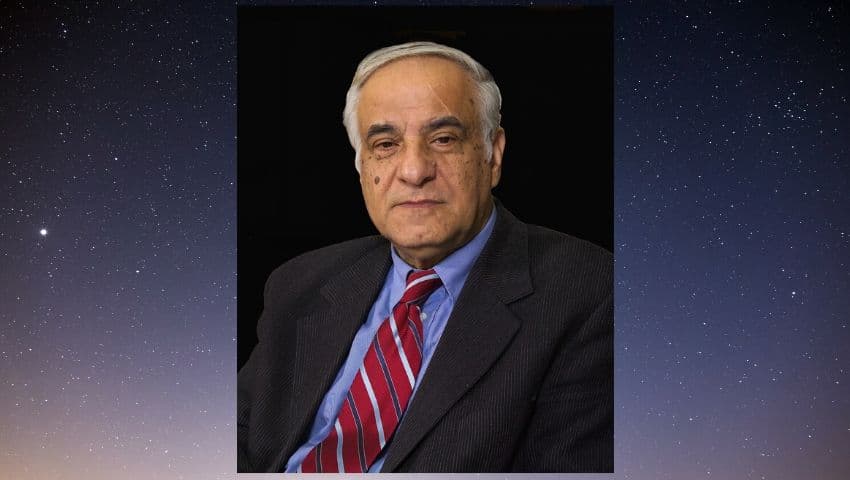The origin of species - Dionysis P. Simopoulos July 21, 2020 – Posted in: Magazine – Tags: space, science, environment, magazine, technology, health

Introductory note of Dionysis P. Simopoulou, Honorary director Eugenidei Planetariou for the #4 issue of the magazine How it works
Since ancient times, many have tried to calculate the age of the Earth in various ways. However, any such attempt has been based on arbitrary assumptions until now. In the 17th century, for example, England's Archbishop James Usher (1580-1656) "calculated" that the Universe was created on Sunday, October 23, 4004 BC. and humanity five days later on Friday 28 October. Don't ask how he came to this conclusion based on the scriptures of the Bible, because it is indeed a whole story. The fact is that even after 200 years, during the Victorian era, most people still believed in the conventional view that the Earth was a few thousand years old and that the species that inhabited it were the same as those that originally created by God.
And yet, at that same time, scientists had already begun to realize that, if the river sediments occurred at the same rate as their measurements indicated, then their creation would take many more millennia. And that wasn't all. Because in about the same period we also had the discovery and description of the fossils left behind by the extinct dinosaurs. Even then, however, scientists believed that species extinctions were a common occurrence in the history of life. But how did new species appear to replace those lost in extinctions? So it was about time someone gave a physical explanation for "this mystery of mysteries." And this explanation was described with clear clarity by Charles Darwin's (1809-1882) famous book On the Origin of Species (1869). A book that challenged for the first time a worldview that had been taught for centuries.

Darwin's story began in 1831, when – at the age of 22 – he was invited to join as a naturalist on the exploration ship Beagle, which had the mission of circumnavigating the Earth. In one of the subjects of this issue, this famous voyage (from 27 December 1831 to 2 October 1836), in which Darwin participated as an unpaid partner of the ship's captain Robert FitzRoy (1805-1865), is briefly but comprehensively described – that's why he had to pay out of pocket for his participation in the trip. The Beagle's original mission was to chart the unknown stretches of the South American coastline, and according to Darwin: "My voyage on the Beagle was unquestionably the most important event in my life, and has since determined my whole career."
This trip was indeed a real revelation for Darwin, who spent most of his time observing and collecting thousands of specimens of the vast variety of exotic plants and animals he encountered. During the voyage Darwin studied a book by the geologist Charles Lyell (1797-1875), given to him by Captain FitzRoy, in which Lyell wrote that the Earth was not formed in a few days but after a long period of natural processes , such as volcanoes and earthquakes. All this exerted an incredible fascination on the young Darwin, who was sure that Lyell was right that natural forces had indeed changed the Earth in the past and were still constantly changing it!

For Darwin the Galapagos Archipelago and its islands, with their relatively recent volcanic origin west of the coast of South America, were a true revelation. In a letter to his sister, Darwin wrote: "I am very anxious to see the Galapagos Islands, for I think both the geological and zoological data of the region will be equally interesting." And indeed, it soon proved to be the truth, because in this region Darwin met the strangest creatures, which were however completely adapted to their environment, while they showed many similarities with the creatures of the South American continent. By the end of the Beagle's five-year voyage, the young Darwin was already convinced that the evolution of life on Earth was due to natural causes.
Once back home, Darwin wondered: if the world has changed so much during its long geological history, then perhaps all living organisms must somehow have gradually adapted to the slowly changing environment, otherwise they would be in danger of extinction. In less than two years after his return, Darwin discovered the mystery of mysteries and called it: "Natural Selection." Natural Selection works because far more individuals are born than an environment can sustain. This fact leads to a constant struggle for survival among the individuals of a population. These individuals have different characteristics and Nature selects those whose characteristics are best in harmony with the current environment, transferring them to the next generations, thus the survival of the fittest.
